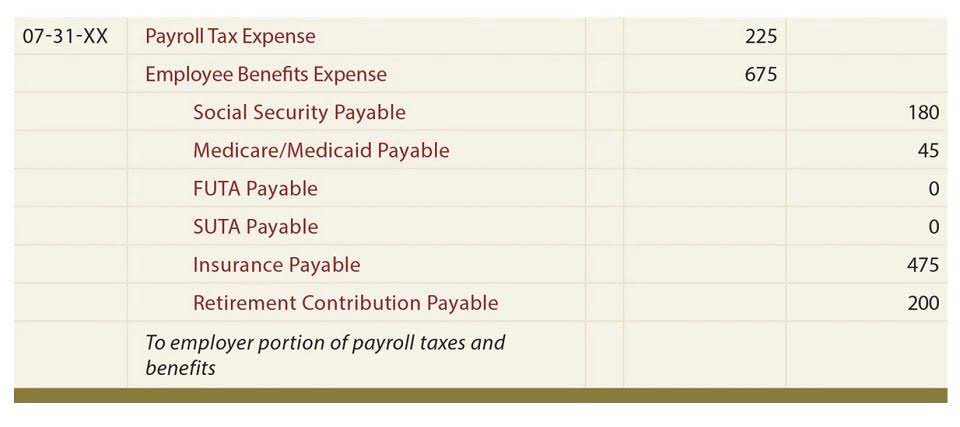
In order for a corporation or other qualifying entity to receive 501(c)(3) status, it must apply to the IRS for recognition by filing Form 1023 (or Form 1023-EZ), Application for Recognition of Tax Exemption. The application is a 5013c meaning thorough examination of the organization’s structure, governance, and programs. Running a successful 501(c)(3) organization requires strong governance, financial management, fundraising and donor relations, and compliance with IRS and state regulations. Non-profit organizations must prioritize these areas to fulfill their missions and serve the public effectively. This includes filing an annual tax return, Form 990, which is available to the public.
- There are several sections under the Internal Revenue Code, but section 501(c)(3) is specifically concerned with 27 types of nonprofit organizations who have tax immunity.
- 501(c)(4) organizations can seek legislation and get involved in politics if it is necessary to the organization’s purpose.
- 501(c)(3) organizations rely on the generosity of donors to support their missions, which means that fundraising must be a priority.
- Additionally, 501(c)(3) organizations are prohibited from participating in any activity that does not further their tax-exempt purposes or that violates public policy.
- A brief description of the requirements for exemption of veterans organizations under Internal Revenue Code sections 501(c)(19) and 501(c)(23).
Charities and nonprofits

Regulations specify which such deductions must be verifiable to be allowed (e.g., receipts for donations of $250 or more). A private foundation is often referred to as a non-operating foundation, as they typically do not have active programs. They are not required to be publicly supported, so revenue may come from a relatively small number of donors, even single individuals or families. Public charities are what most people recognize as those organizations with active programs. Examples include churches, benevolence organizations, animal welfare agencies, educational organizations, etc. These organizations usually receive a substantial portion of their revenue from the general public or from the government.
- While most nonprofits are considered charitable organizations, this is not always the case.
- Nonprofit organizations are the predominant beneficiary of the 501(c)(3) designations and tax treatment, including private foundations, charitable organizations, and private operating foundations.
- These disclosure requirements are intended to promote transparency and accountability in nonprofit organizations.
- Learn what is 501(c)(3) status, types of 501(c)(3) organizations, and how to apply for 501(c)(3) status.
- People employed by the organization must be paid “reasonable compensation,” which is based on the fair market value that the job function requires.
Payroll taxes and 501(c)(
During this time, the IRS may request additional information to help make its determination. In addition, financial data, including projected budgets for the current year and the next two years, detailing the sources of income and planned expenses, should also be prepared. Once an organization deems itself eligible, it can proceed to prepare the application. However, if there are any areas of concern, it may be beneficial to seek legal counsel or consulting from a tax professional.
Create a Free Account and Ask Any Financial Question
- This process can take several months, depending on the complexity of the application and the workload of the IRS.
- A 501(c)(3) nonprofit organization earns its classification from the Internal Revenue Service (IRS) based on its primary purpose.
- However, running a 501(c)(3) organization requires a comprehensive understanding of the requirements and responsibilities that come with tax-exempt status.
- These include churches, public charities with less than $5,000 in receipts and organizations which are a subgroup of another organization that has exemption under a group IRS letter.
- The main reason for an organization to acquire 501(c)(3) nonprofit status is for the tax benefits.
- To be eligible for 501(c)(3) status, an organization must meet certain requirements set forth by the IRS.
The objective of these purposes is to contribute positively to the welfare of the general public. Donations to public charities can be tax-deductible to the Legal E-Billing individual donor up to 60% of the donor’s income, although other tax and income circumstances can affect the deductibility of contributions to public charities. Most importantly, organizations that hold 501(c)(3) status must not serve any private interests, and their earnings must be used for charitable purposes only. In the event that a 501(c)(3) organization must cease operations, all assets remaining after debts are paid must be distributed for a charitable purpose.


This can be a significant limitation for organizations that want to advocate for specific policy positions or candidates. While there are many advantages to being a 501(c)(3) organization, there are also several CARES Act disadvantages that should be considered. The IRS may also request additional information or documentation during the application process.


